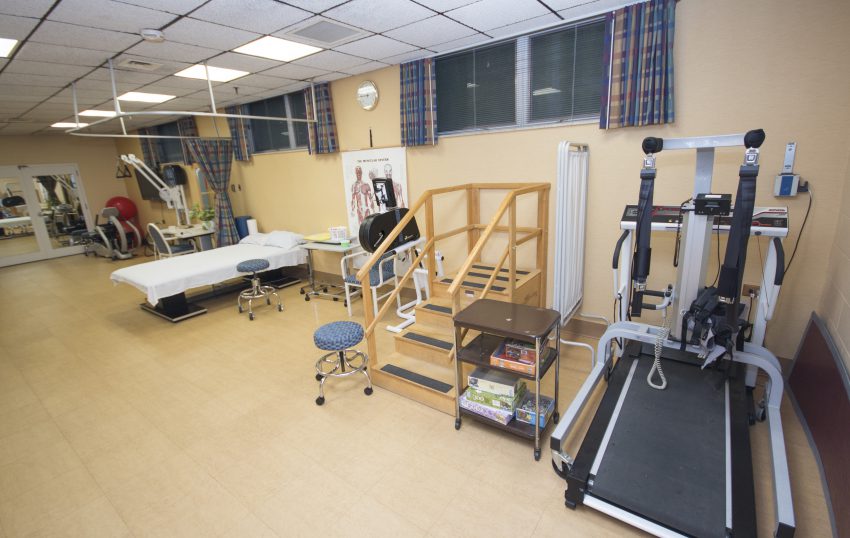Improving Healing Through the Implementation of Personalized Movement-Based Strategies in Clinical Settings
Wiki Article
Rehabilitation is an important procedure for patients who have experienced surgeries, or other health conditions. Rehabilitation initiatives play a crucial role in supporting these individuals to restore their strength, improve mobility, and return to their routine tasks. Tailored fitness prescription is a critical component of successful rehabilitation. This signifies that exercises are carefully designed to address the unique requirements of each individual. By concentrating on personalized therapy plans, recovery approaches can enhance healing and support better wellness outcomes.
One of the initial steps in developing a tailored fitness plan is assessing the individual’s condition. Medical professionals perform evaluations to determine the specific restrictions and capabilities of each individual. This might include functional assessments, conversations about medical background, and goals for rehabilitation. For instance, an athlete rehabilitating from a leg condition may have different needs than an senior person healing from hip surgery. By acknowledging these differences, clinicians can develop an therapy program that targets the unique factors of each situation.

Integrating various forms of exercises is crucial for successful rehabilitation. Resistance work , flexibility routines, and aerobic activities all serve important roles in recovery. Resistance training helps rebuild muscle and enhance endurance, which is especially critical after long periods of sedentary time. Flexibility movements increase joint mobility and prevent rigidity in articulations. Cardiovascular workouts, like walking or cycling, boost general fitness and promote heart function. A well-rounded fitness program that includes all these elements can greatly aid in the recovery journey.
Tracking progress is another critical element of recovery programs with customized fitness prescriptions. As individuals participate in their personalized routines, healthcare practitioners observe improvements and implement required modifications to the plan. This continuous assessment ensures that the exercises remain beneficial and suitable as the individual progresses. Establishing defined milestones can also motivate individuals during their rehabilitation journey. Achieving small objectives builds confidence and encourages persistence in following through with the rehabilitation regimen.
Ultimately, enhancing rehabilitation through personalized fitness prescription requires collaboration between medical practitioners and patients undergoing recovery. Clear communication is key to understanding visit this site right here how each individual responds throughout their rehabilitation process. By working together, both sides can address any obstacles and acknowledge successes along the path. Customized rehabilitation plans not only help patients recover physiologically but also add to their mental wellness by instilling a sense of achievement navigate to this website and independence as they progress towards their wellness objectives.